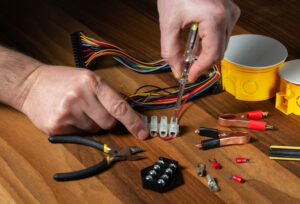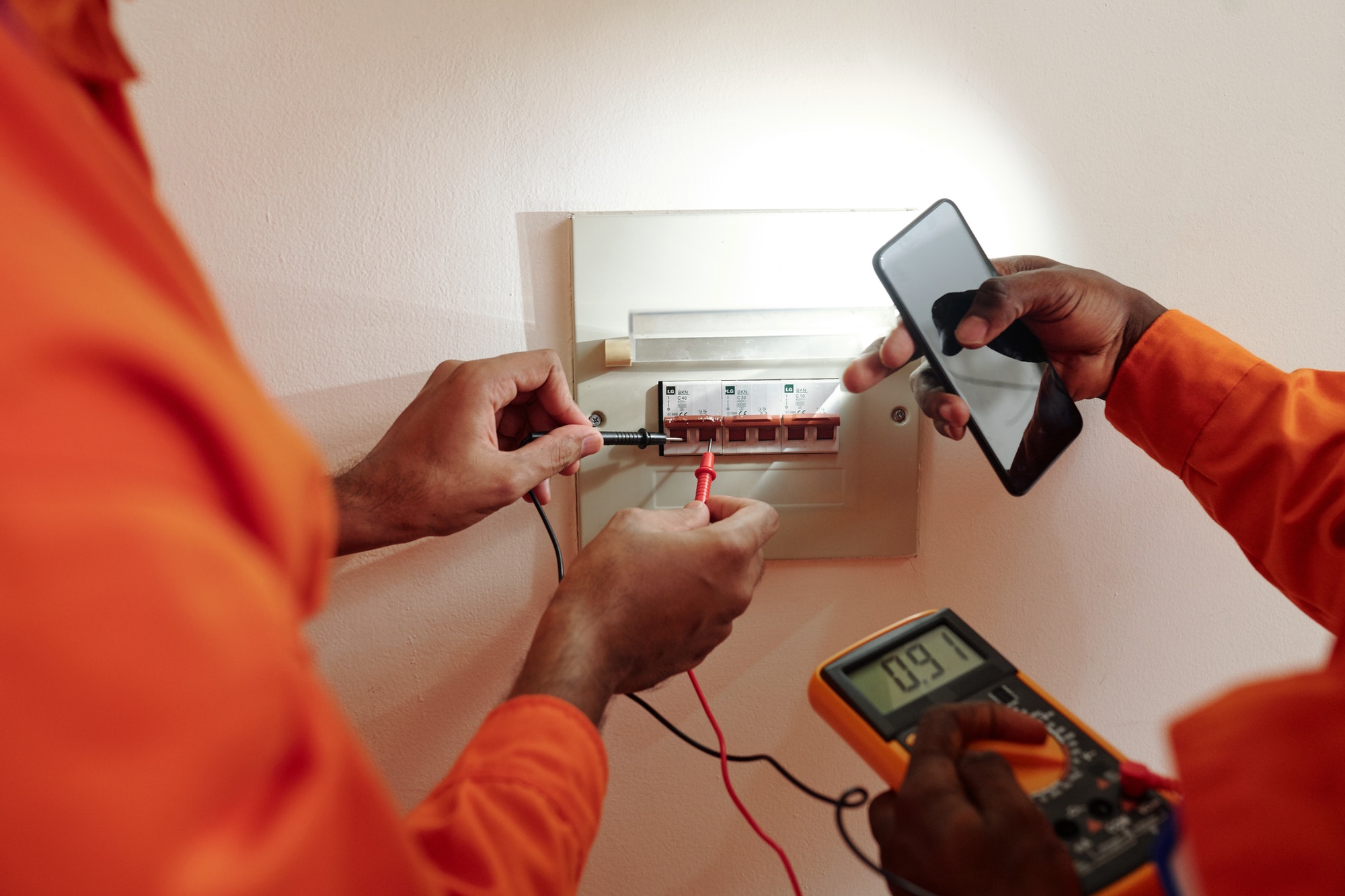Electrical safety in rental properties is paramount to ensuring the well-being of tenants and the protection of the property. As a landlord, it’s your legal and moral obligation to address electrical safety issues promptly and effectively. This guide outlines the steps landlords should take to manage and mitigate electrical safety risks in their rental properties.
Understanding Electrical Safety Regulations
In the UK, landlords must comply with the Electrical Safety Standards in the Private Rented Sector (England) Regulations 2020. These regulations require landlords to ensure that:
- Electrical installations in their properties are inspected and tested by a qualified person at least every five years.
- A copy of the Electrical Installation Condition Report (EICR) is provided to new tenants before they move in, to existing tenants within 28 days of the inspection, and to the local authority within seven days of their request.
Steps to Address Electrical Safety Issues
1. Regular Inspections and Testing
Conduct EICRs Regularly
- Schedule an EICR every five years or when there is a change of tenancy.
- Hire a qualified and registered electrician to perform the inspection.
- Ensure that all electrical installations, including wiring, sockets, and fixtures, are thoroughly tested.
Visual Inspections Between EICRs
- Regularly conduct visual inspections of electrical installations, especially if there are signs of wear and tear or tenant reports of issues.
- Check for visible signs of damage, such as frayed wires, scorch marks on sockets, or flickering lights.
2. Responding to Tenant Reports
Promptly Address Reported Issues
- Encourage tenants to report any electrical issues immediately, such as power outages, frequent tripping of circuit breakers, or unusual noises from electrical appliances.
- Investigate reported issues without delay and arrange for necessary repairs.
Maintain Open Communication
- Keep tenants informed about the status of reported issues and any planned inspections or repairs.
- Provide tenants with instructions on how to safely use electrical appliances and what to do in case of an emergency.
3. Undertaking Remedial Work
Identify and Prioritize Issues
- Use the EICR to identify issues classified under codes C1 (Danger Present), C2 (Potentially Dangerous), and C3 (Improvement Recommended).
- Prioritize remedial work for C1 and C2 issues, as these present immediate or potential hazards.
Hire Qualified Professionals
- Ensure that any remedial work is carried out by a qualified electrician.
- Verify that the electrician is registered with a competent person scheme, such as NICEIC, ELECSA, or NAPIT.
Follow-Up Inspections
- After remedial work is completed, arrange for a follow-up inspection to verify that the issues have been resolved and the installations meet safety standards.
- Update the EICR accordingly and provide copies to tenants and relevant authorities.
4. Implementing Preventative Measures
Upgrade Old Electrical Systems
- Consider upgrading old or outdated electrical systems that may not meet current safety standards.
- Install modern safety devices such as Residual Current Devices (RCDs) to provide additional protection against electric shocks.
Regular Maintenance
- Schedule regular maintenance checks for all electrical appliances provided with the property.
- Ensure that fixed wiring systems are kept in good condition and replace any damaged or worn components.
5. Record Keeping and Compliance
Document All Actions
- Keep detailed records of all electrical inspections, tests, and remedial works.
- Maintain copies of EICRs, invoices, and certificates for at least five years.
Provide Documentation to Tenants
- Ensure tenants receive a copy of the EICR and any updates following remedial work.
- Educate tenants about the importance of electrical safety and the role of the EICR in maintaining a safe living environment.
Conclusion
Addressing electrical safety issues in rental properties is a critical responsibility for landlords. Regular inspections, prompt responses to tenant reports, and thorough remedial work are essential steps to ensure compliance with legal requirements and the safety of tenants. By taking proactive measures and maintaining open communication with tenants, landlords can create a secure and safe living environment, thereby fulfilling their duty of care and protecting their investment.






